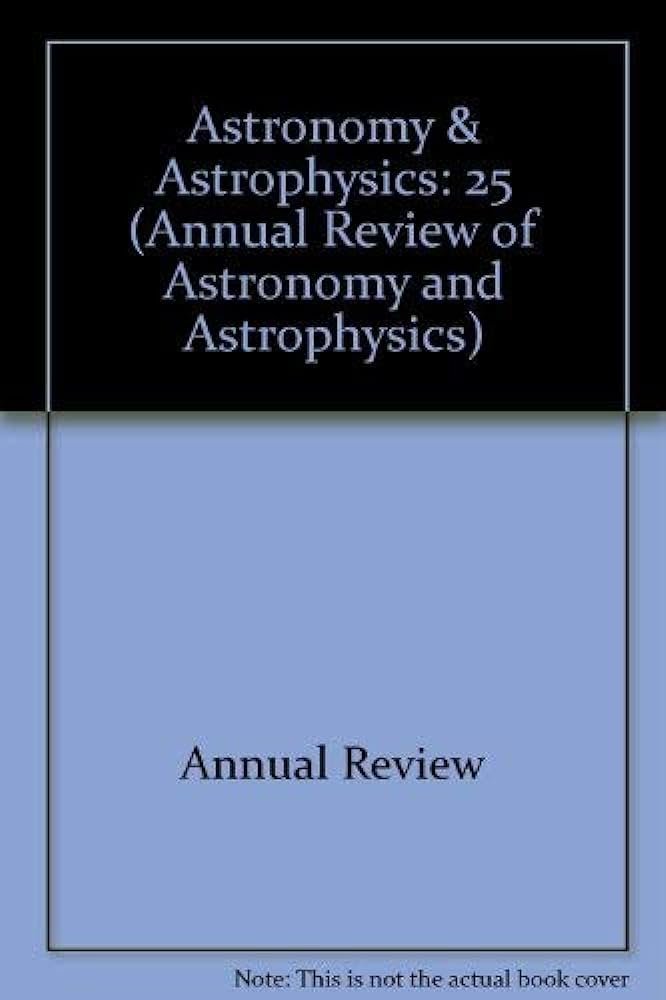摘要
我们提供了对太阳系外海王星区域(通常称为柯伊伯带)的结构和起源的当前理解状态的非专业概述,突出了对星子形成,行星迁移以及与原行星盘的背景关系的看法。我们回顾了跨海王星种群的动力学特征及其在物理性质上的相关差异。我们描述了过去二十年来我们的知识发展的各个方面,然后转向当前的研究兴趣问题(因此仍然没有明确的解决方案)。▪目前的跨海王星人口由植入物和原始物组成。▪原始(又名冷)种群是在原地形成的种群的大部分未改变的残余。▪原始寒冷种群目前处于外缘的原因无法解释。▪现在从海王星动态分离的大型半轴人口对于理解太阳系的历史至关重要。▪对遥远天体的数量和轨道的观测限制仍然很差。We provide a nonspecialist overview of the current state of understanding of the structure and origin of our Solar System's transneptunian region (often called the Kuiper Belt), highlighting perspectives on planetesimal formation, planet migration, and the contextual relationship with protoplanetary disks. We review the dynamical features of the transneptunian populations and their associated differences in physical properties. We describe aspects of our knowledge that have advanced in the past two decades and then move on to current issues of research interest (which thus still have unclear resolution).
| ▪ | The current transneptunian population consists of both implanted and primordial objects. | ||||
| ▪ | The primordial (aka cold) population is a largely unaltered remnant of the population that formed in situ. | ||||
| ▪ | The reason for the primordial cold population's current outer edge is unexplained. | ||||
| ▪ | The large semimajor-axis population now dynamically detached from Neptune is critical for understanding the Solar System's history. | ||||
| ▪ | Observational constraints on the number and orbits of distant objects remain poor. | ||||

 求助内容:
求助内容: 应助结果提醒方式:
应助结果提醒方式:


